You are viewing ARCHIVED content published online before January 20, 2025. Please note that this content is NOT UPDATED, and links may not work. Additionally, any previously issued diversity, equity, inclusion or gender-related guidance on this webpage should be considered rescinded. For current information, visit https://www.blm.gov/blog.
Yellow Creek Schoolhouse listed in the Colorado State Register of Historic Properties
Story by Brittany Sprout, Public Affairs Specialist
Imagine an entire town’s worth of children in one room – that probably seems a bit chaotic, right? Well, historically, that was the norm for many rural towns, and it worked out pretty well at the time! The BLM has officially (and happily) listed the Yellow Creek Schoolhouse in the Colorado State Register of Historic Properties to preserve this educational history indefinitely.
From 1906 to 1943, the Yellow Creek Schoolhouse in Rio Blanco County served as an education and social hub for communities in Northern Colorado. Like schools today, the Yellow Creek Schoolhouse served many purposes such as hosting events, educating the youth, and providing resources to families – except in 1906, these hubs tended to be much smaller than what we have today. They were known as one-room schoolhouses and were common in rural areas during the 19th and 20th centuries, before slowly closing and being replaced by larger schools by the mid-1900s.
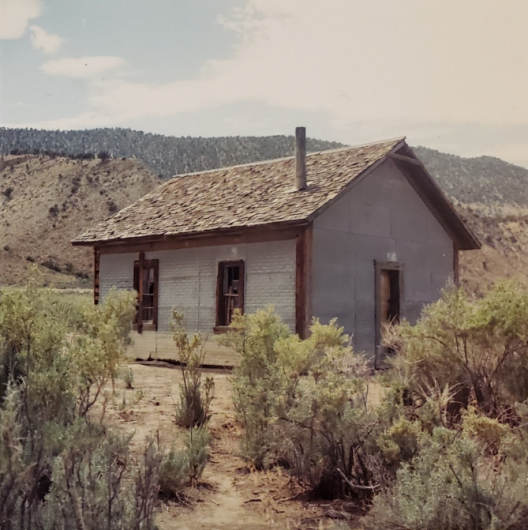
The Yellow Creek Schoolhouse represents significant history in architecture, education, and social history for rural communities in Colorado. Preservation of Yellow Creek allows us to reflect on history and learn about the early development of Colorado communities and early education in rural America.
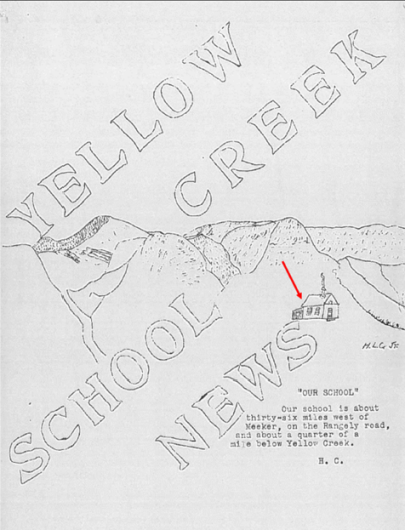
One-room schoolhouses typically held a small number of pupils ranging from first graders to those in eighth grade ready to graduate, which is much different from our schools today. At the time, a majority of one-room schoolhouses had mostly female teachers, which is true for the Yellow Creek Schoolhouse. These schoolhouses also were sometimes the first and only school building in the area for decades and represented the American commitment to providing education to all children, regardless of population size or location. One-room schoolhouses allowed education to be readily available and provided a social center – the Yellow Creek Schoolhouse was known to host Christmas programs, dances, seasonal parties, fundraisers, and even a wedding.
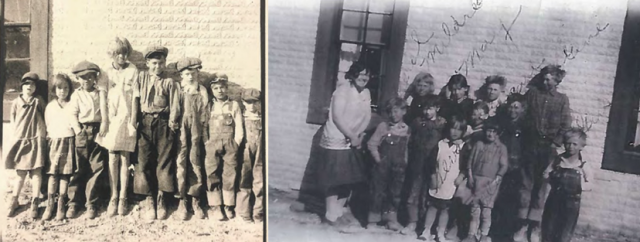
The Yellow Creek Schoolhouse is a one-story gable roofed, rectangular building with large windows that could be opened to allow light and ventilation into the room. Windows were placed along long walls to provide the greatest amount of light. The teacher’s desk commonly sat opposite of the door, with an aisle up the middle to separate two sides of seating for students. It was common for schoolhouses to separate seating for boys and girls on either side of the room, although it is not confirmed if the Yellow Creek Schoolhouse followed this practice. Outside of the school, some fencing remains to indicate a schoolyard and depressions that could indicate privy pits. A small shed was also built in the late 1930s.
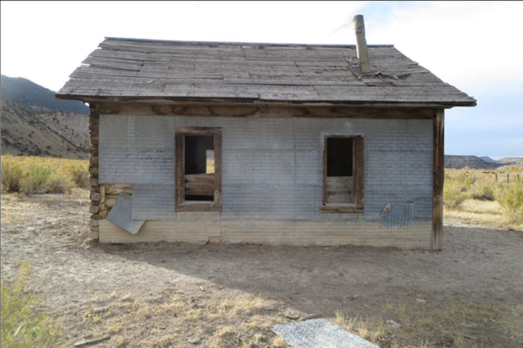
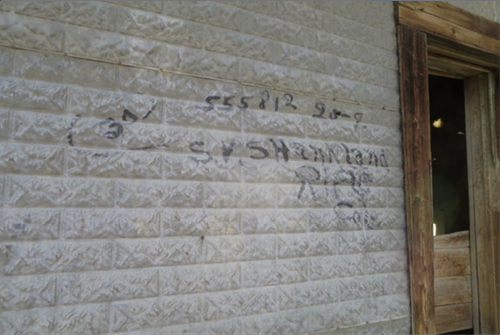
Although there are many things we don’t know about the Yellow Creek Schoolhouse and other schoolhouses across America that have aged or been destroyed, we hope to preserve what we do know. The BLM is proud to preserve this small slice of history and share it with the public. We thank the State Historic Preservation Office for allowing us to make this site official!
Brittany Sprout, Public Affairs Specialist
